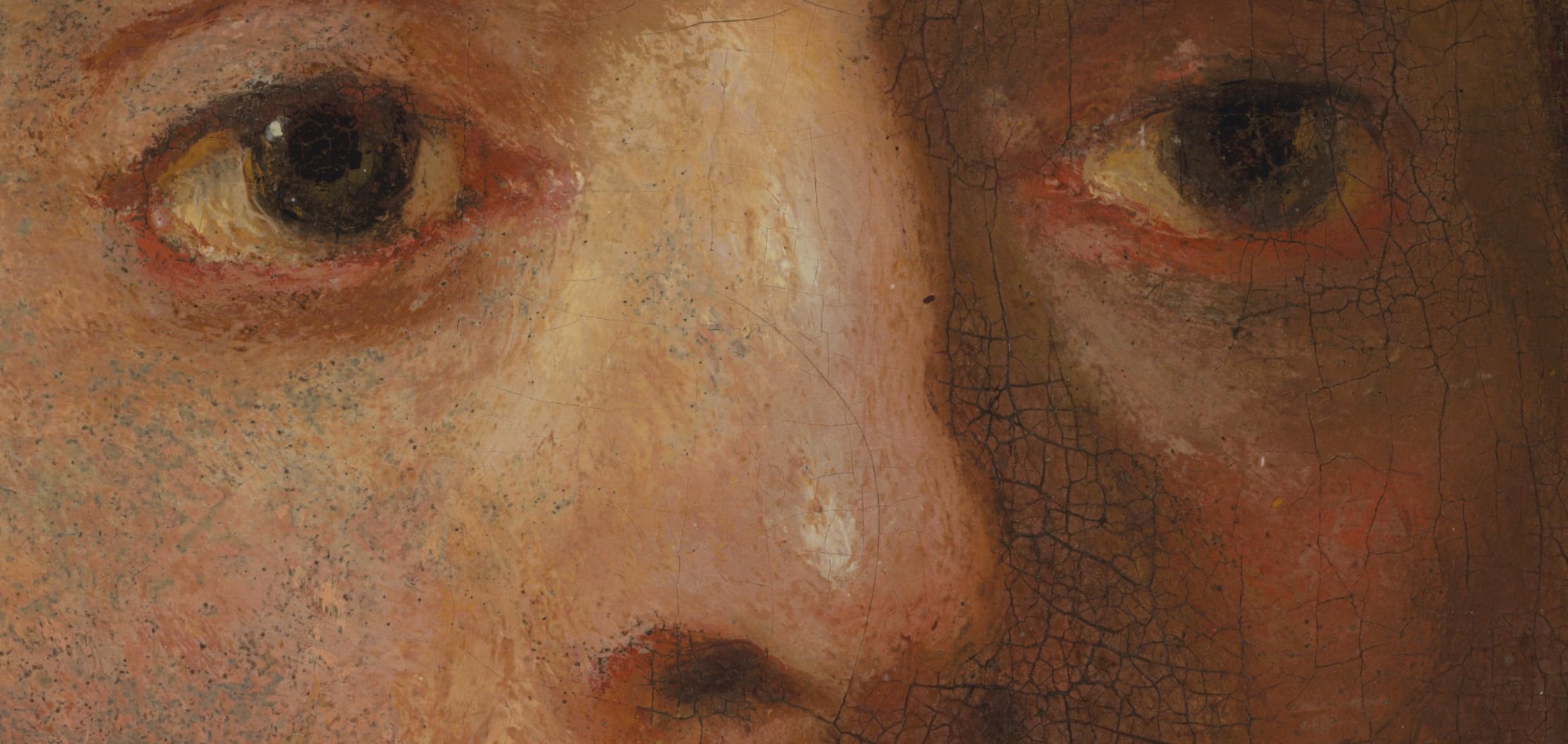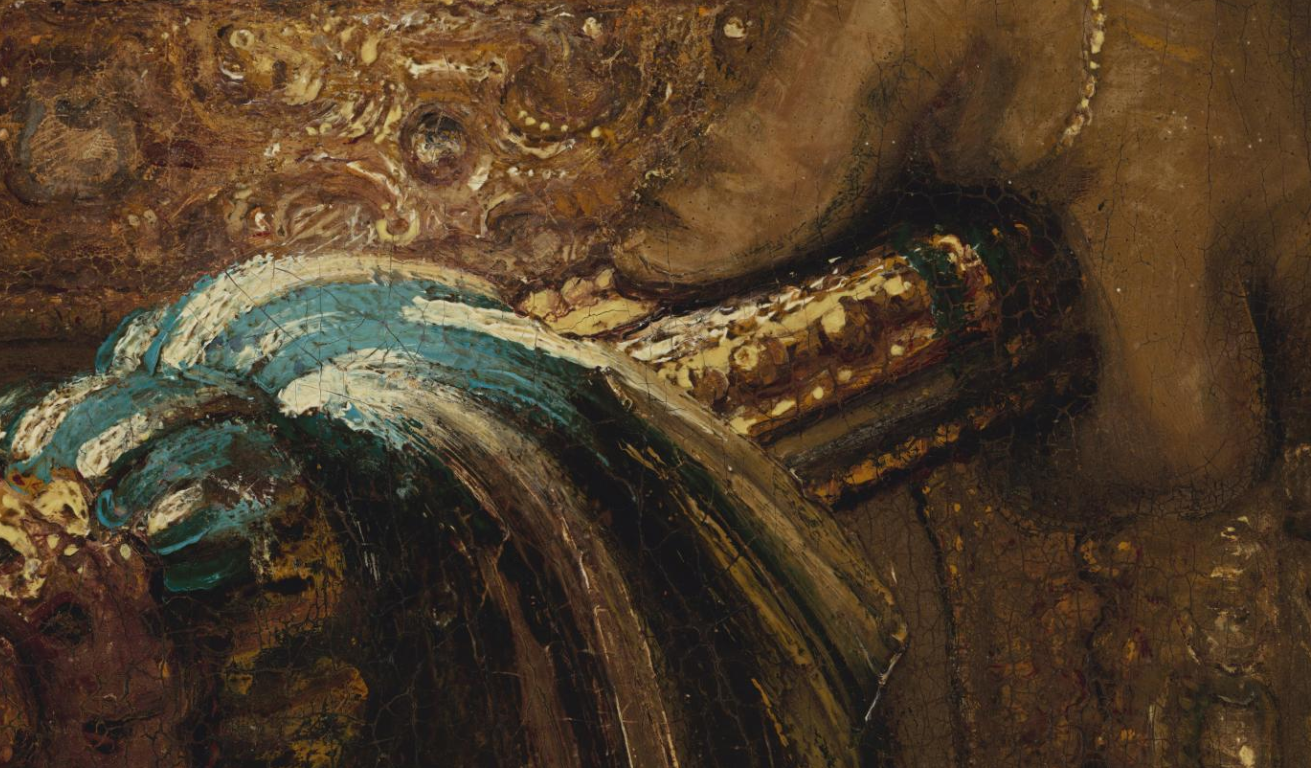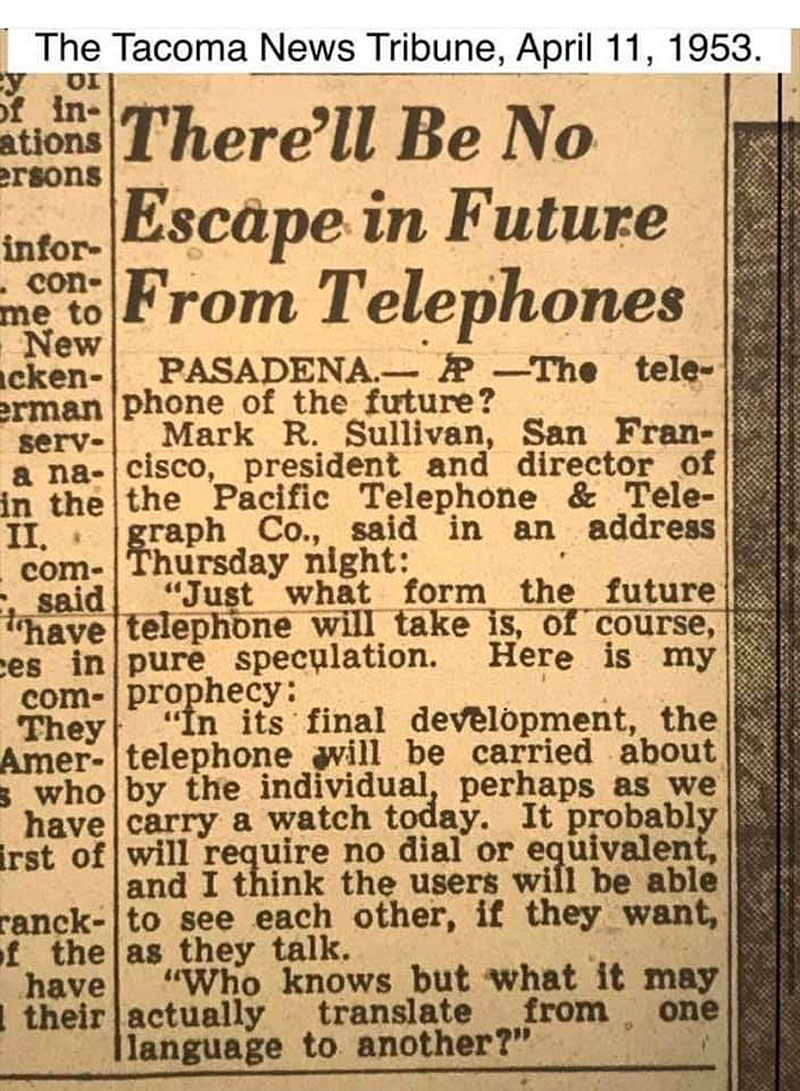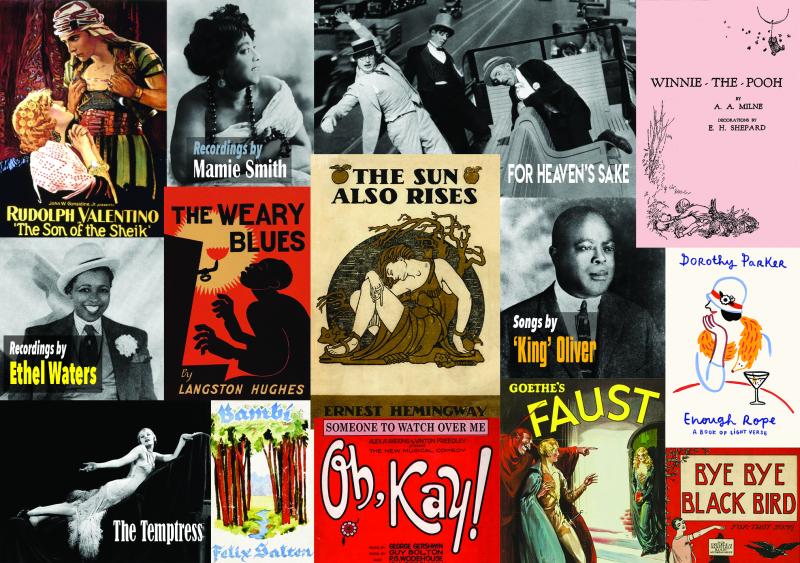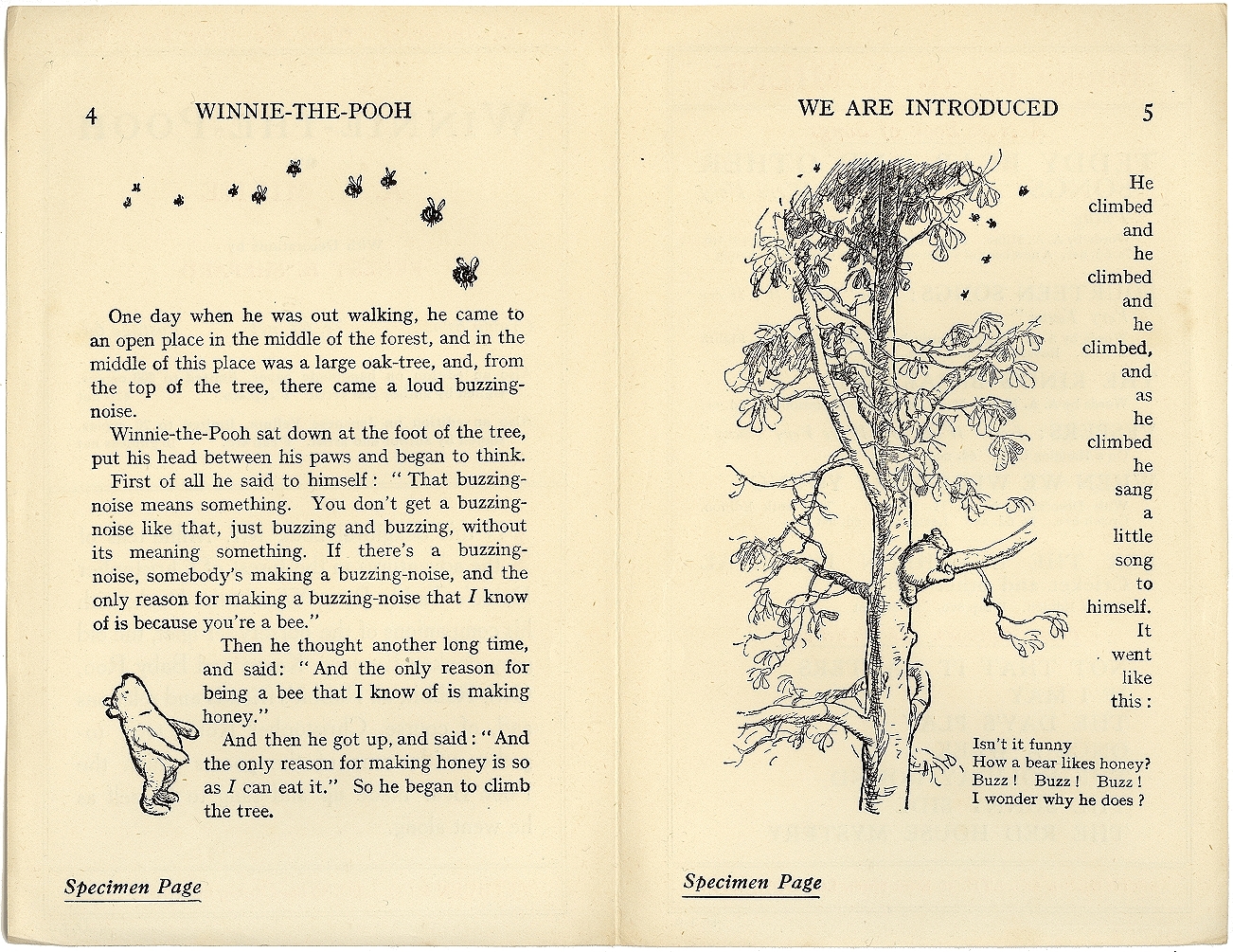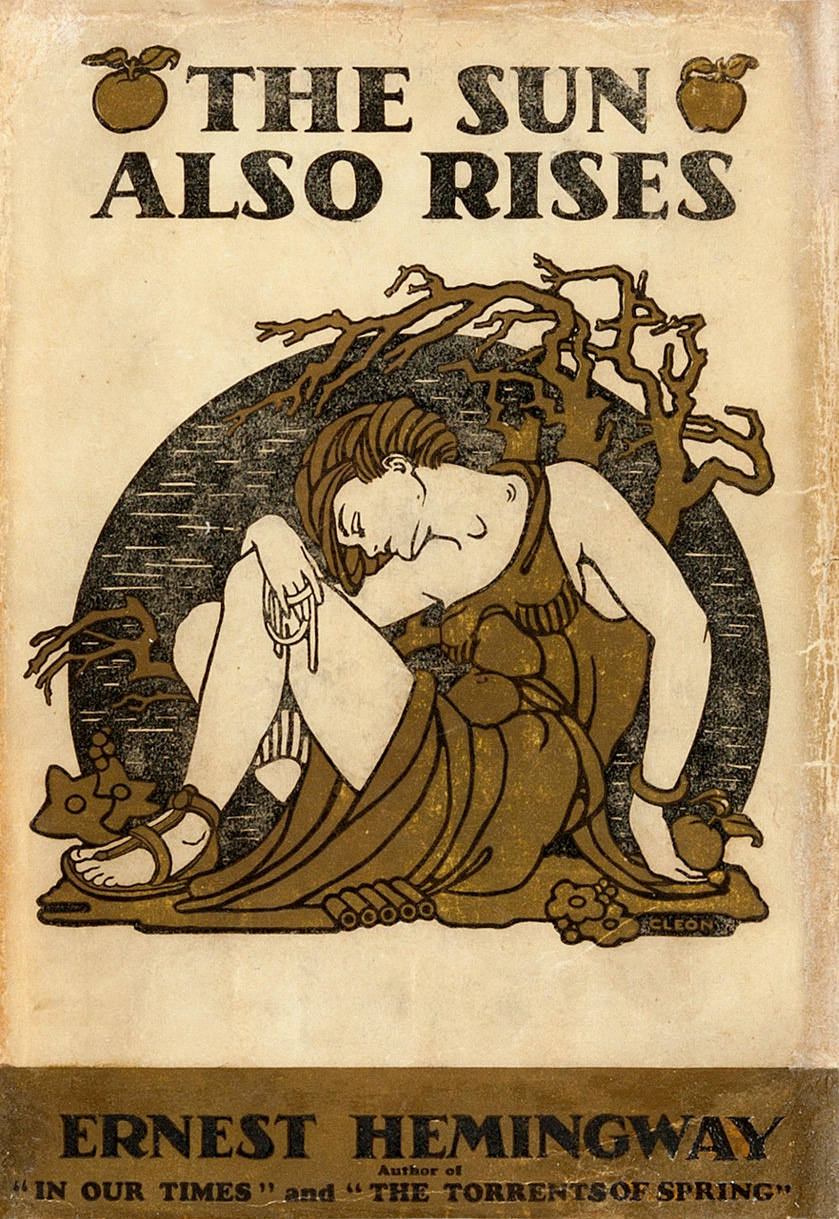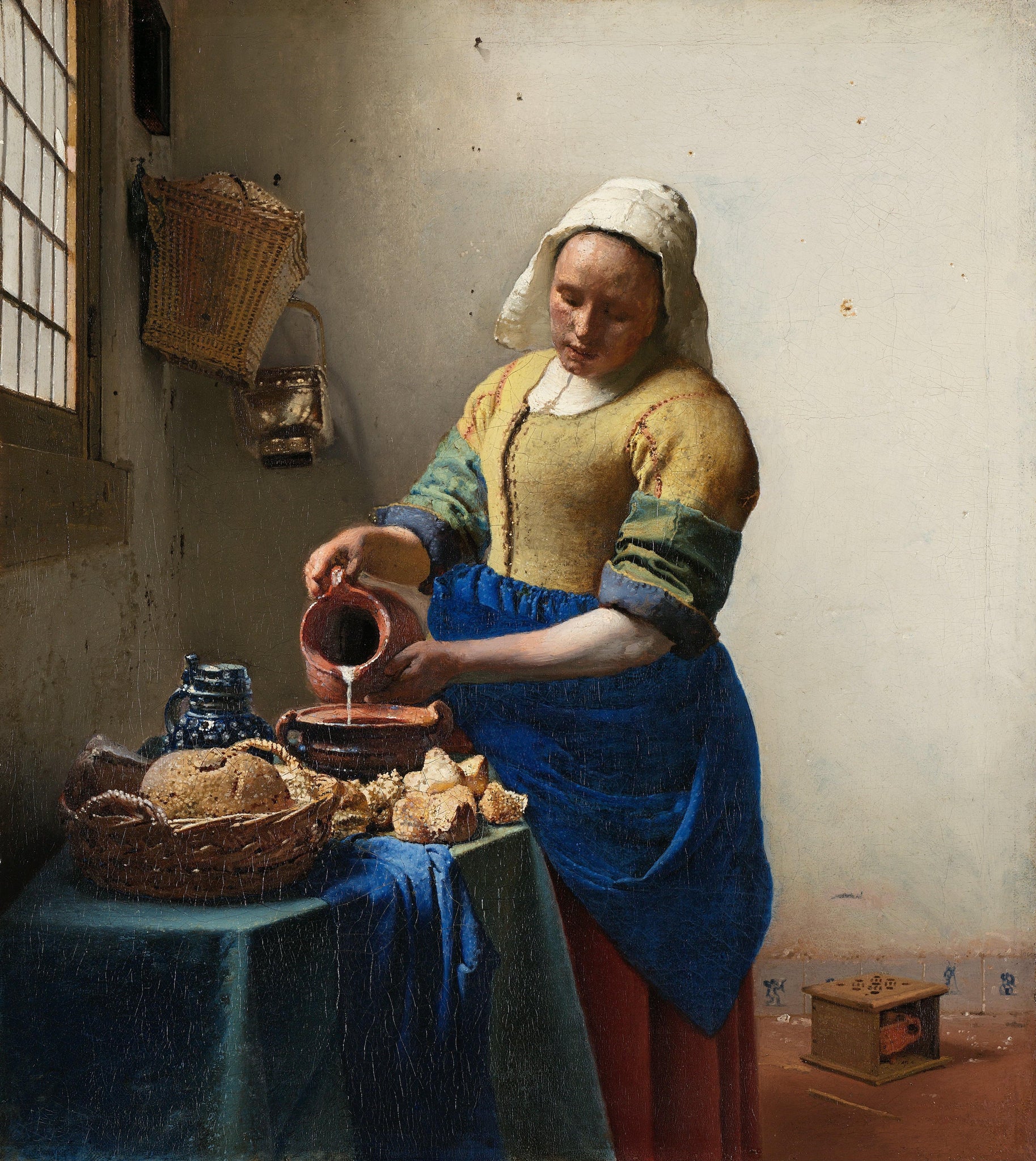Claude Debussy died in 1918, at the age of 55: still quite young for a composer, and still quite early in the history of sound recording. This means that, a little over a century later, we have a great many recordings of Debussy’s music, but precious few recordings of Debussy’s music played by the man himself. Once he accompanied opera singer Mary Garden in the performance of three mélodies from Ariettes oubliées, his cycle based on the poetry of Paul Verlaine. Those recordings were made in 1904, and sound it. But in his final years, Debussy also preserved his playing with an outwardly more primitive technology that nevertheless sounds much more pleasing today: the piano roll.
Designed to be fed into and automatically reproduced by specially engineered instruments, the piano roll — an early form of the music media we’ve enjoyed over the past few generations — was commercially pioneered by the American company M. Welte & Sons. “It is impossible to attain a greater perfection of reproduction than that of the Welte apparatus,” Debussy once wrote to Edwin Welte, co-inventor of the family company’s Welte-Mignon Reproducing Piano.
The fourteen pieces Debussy recorded for Welte include the Symbolist- and Impressionist-inspired “La soirée dans Grenade,” previously featured here on Open Culture, as well as his most beloved and widely heard work, “Clair de lune.”
Immediately recognizable in isolation, the also Verlaine-based “Clair de lune” constitutes one of the four movements of the Suite bergamasque. The entire piece was first published in 1905, but Debussy had actually begun its composition fifteen years before that. The still-frequent use of the third movement in popular culture has, at this point, made it difficult to hear the essential qualities of the piece itself; under such circumstances, who better to bring those qualities out than the composer himself? The video at the top of the post presents a reproduction of “Clair de lune” from the piano roll that Debussy made 109 years ago, the next best thing to having him at the piano. Enthusiasts wonder what Debussy would have written had he lived longer; hearing this, they may also wonder what he would have recorded had he stuck around for the hi-fi age.
Related Content:
Debussy’s “Clair de lune”: The Classical Music Visualization with 21 Million Views
A Dancer Pays a Gravity-Defying Tribute to Claude Debussy
Hear Debussy Play Debussy: A Vintage Recording from 1913
Rachmaninoff Plays Rachmaninoff: Three Famous Pieces, 1919–1929
Hear Ravel Play Ravel in 1922
Based in Seoul, Colin Marshall writes and broadcasts on cities and culture. His projects include the book The Stateless City: a Walk through 21st-Century Los Angeles and the video series The City in Cinema. Follow him on Twitter at @colinmarshall or on Facebook.


